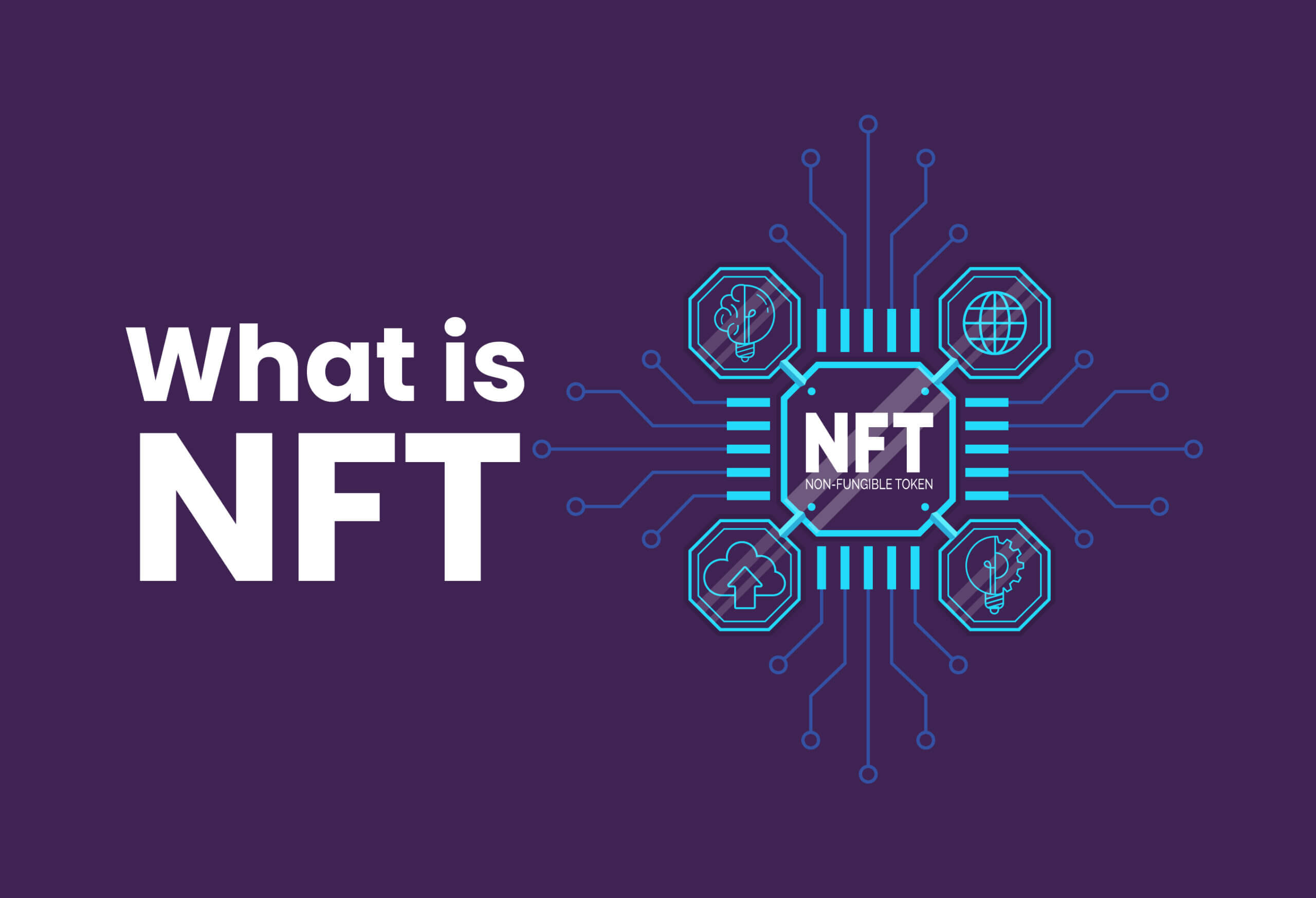Isn’t it cool to buy an online piece of art and then get a digital token that proves you own the work of art? Isn’t it great? Thanks to NFTs, there is now a chance to do that. So, what is NFT?
NFTs(Non Fungible Tokens) are now sweeping over the worlds of digital art and collectibles in a big way. Much like Bitcoin, NFTs are being marketed as the digital currency of the future for collectibles, much like everyone thought Bitcoin was the future of currency. So, digital artists’ lives have changed because of the huge sales to a new group of people interested in crypto. NFTs are attractive to people who want to learn more about them. This is the place for you. “What is NFT?”
What is a Non-Fungible Token (NFT)?
There are cryptographic tokens on the blockchain called NFTs, which stands for non-fungible tokens. They have unique ID codes and other information that makes them different from each other, and NFTs also provide a public proof of ownership. They cannot be traded or exchanged for equivalency, in contrast to other types of cryptocurrencies. This is different from fungible tokens like cryptocurrencies, which are all the same and can be used for commercial transactions because they can be bought and sold at the same time.
What is NTF: The History?
Kevin McCoy and Anil Dash started making his non-fungible token “Quantum” on May 3, 2014. It was a pixelated image of an octagon filled with indicating circles, arcs, and other shapes that all had the same center and were hypnotically pulsing in fluorescent colors at the time. For $7 million, the “Quantum” art piece that was only made in 2014 was sold to someone else. In MacCoy’s opinion, NFT is an integral part of the art world because it combines art with creative technology to get people excited about art.
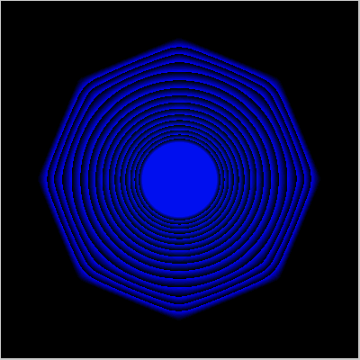
Need to know more about NFT?
-
- NFTs are non-replicable cryptographic tokens that exist on a blockchain.
-
- In the real world, NFTs can be used to show things like art.
-
- Tokenization makes it easier to transfer the ownership and trade of these real-world tangible assets. Fraud is also less likely as a result of this.
-
- NFTs may represent a variety of other concepts as well, such as a person’s identity, property rights, and so on.
How are NFTs used?
A blockchain is a distributed public ledger that keeps track of changes (transactions) of the assets. NFTs are on the blockchain. You probably know the term “blockchain” as the process that makes cryptocurrencies possible. For the most part, NFTs are built on the Ethereum Blockchain, but they may also be built on other blockchains, such as Bitcoin.
NFTs are created to represent various assets, including::
-
- Graphic art
-
- GIFs
-
- Designer sneakers
-
- Music
-
- Videos and sports highlights
-
- Collectibles
-
- Virtual avatars and video game skins
In fact, even tweets are sold using NTFs. Jack Dorsey, Twitter’s co-founder, sold his first tweet for more than $2.9 million as an NFT.
Now that we have addressed the fundamentals of “what is NFT,” we can go further into the deeper aspects of the best NFTs available. To buy NFTs for yourself, you need to know how this type of blockchain works.
Fungible vs. Non-Fungible
Every day, we use fungible dollars and cents to make transactions.
For example, you could say that:
-
- You’ve got a $20 bill, but it doesn’t work with the vending machine because it only takes $1 bills.
-
- Then, you ask someone to change your $20 bill into small amounts.
-
- You get a $10 bill, a five-dollar bill, and five one-dollar bills from the cashier.
-
- However, even though your $20 bill has changed hands, it still has the same value as it did before.
-
- This is because you still have a total of $20 to work with.
-
- In the context of the preceding example, cold-cash cash is a fungible asset type. All of the cryptocurrencies that are out there today are also like that.
NFTs, on the other hand, are non-fungible asset classes, as we have demonstrated before. Because each token is unique, you can’t exchange one NFT for another and expect to get the same value out of it.
People like to do this. For example,
-
- In this example, let’s imagine an artist coming up with a new piece of art.
-
- The artist then chooses to develop an NFT to symbolize the worth of the given artwork.
-
- This implies that the NFT is unique to each artwork and cannot be duplicated or imitated.
-
- Once again, this is because each NFT is authenticated by using a unique transaction hash to determine its authenticity.
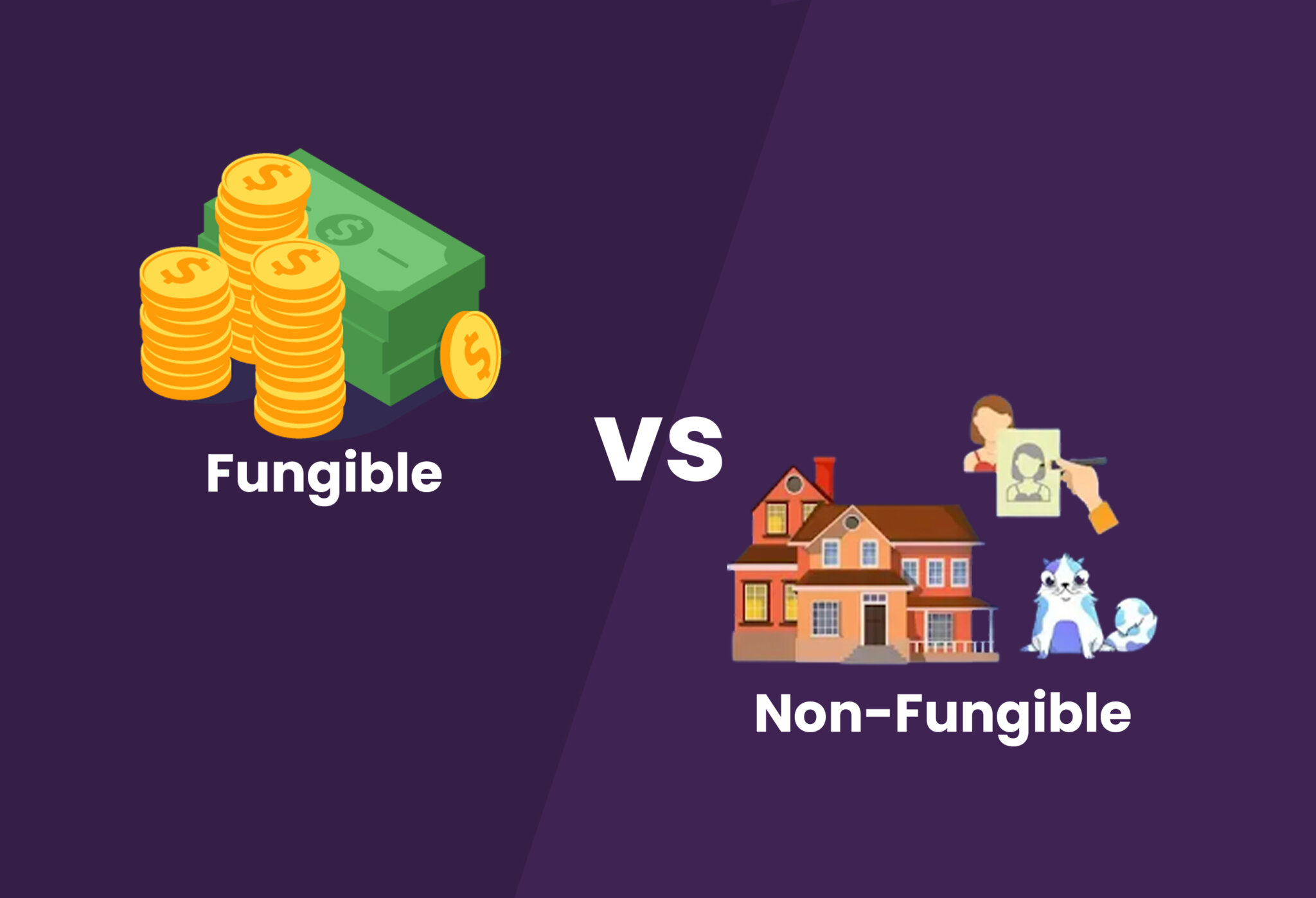
There is no limit to what NFTs can represent, and we’ll go into that in more depth later. A virtual painting, house, car, or sports moment can all be yours with NFTs. You can store ownership of these things digitally.
NFTs are used for what?
Our “what is NFT” guide is about to get a lot more interesting. Using blockchain and NFTs, artists, real estate agents, content creators, etc., have a unique way to make money from their work. Many artists don’t need galleries or auction houses to sell their art anymore because they can do it independently. Instead, the artist may sell it straight to the customer as a non-traditional item, allowing them to retain a larger portion of the revenues. It also helps if artists plan for royalty payments. When their art is sold to a new owner, they’ll be paid out part of the money. This is a good thing for artists because they usually don’t get any money back after selling their art.
People can make money with NFTs other than through art. Charmin and Taco Bell have auctioned off NFT paintings based on their brands’ identities to raise funds for charity. Taco Bell’s NFT art sold out in minutes for the highest price of 1.5 wrapped ether (WETH), or $3,723.83, while Charmin named their offering “NFTP” (non-fungible toilet paper).
Nearly $600,000 was paid for Nyan Cat, a 2011 GIF portraying a cat with a pop tart body. In February, it sold for almost $600,000! In addition, NBA Top Shot produced more than $500 million in sales by the end of March. Over $200,000 was paid for just one NFT highlight featuring LeBron James.
As NFTs become more popular, even celebrities like Snoop Dogg and Lindsay Lohan are enjoying the fun. They’re releasing unique memories, artwork, and moments as secure NFTs.
Want to make your own NFT portfolio? Hire a top-notch 3D team like Metafylabs for your project.
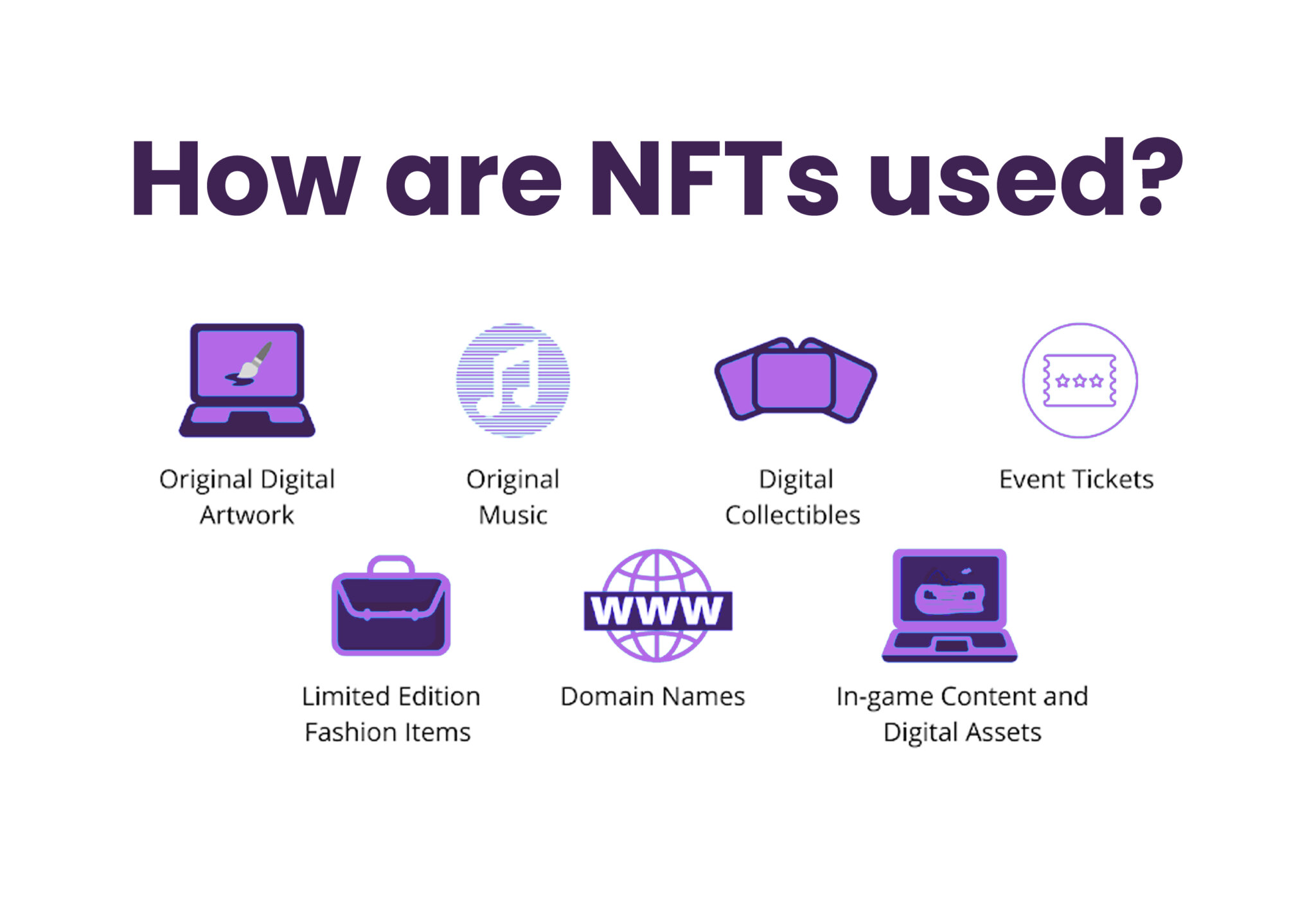
How do I buy NFTs, then?
Now that you understand “what is NFT,” you might want to buy them. To start your own NFT collection, you’ll need to buy a few things first. These things are:
A digital wallet that lets you store NFTs and other types of cryptocurrencies is the first thing you’ll need to get. There is a good chance that you’ll need to buy some cryptocurrency, like Ether, based on the currencies your NFT provider wants to accept. You can use a credit card to buy crypto on Coinbase, Kraken, eToro, PayPal, and Robinhood to buy crypto on different platforms. After that, you’ll be able to transfer the funds from the exchange to your preferred digital wallet.
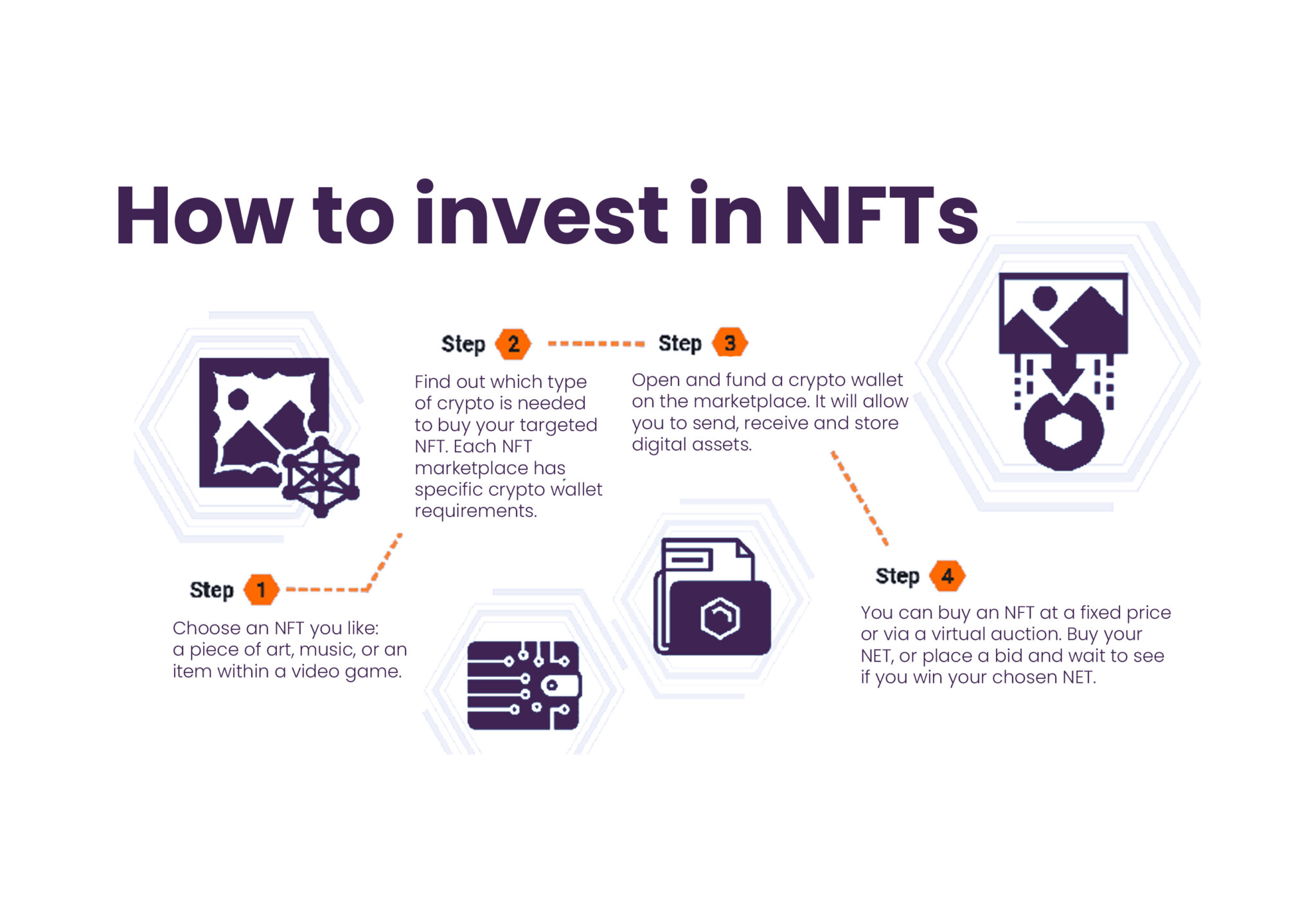
Fees are an essential consideration when evaluating your options. In general, most exchanges charge you at least a small percentage of the amount you buy crypto from them.
Some of the most popular NFT marketplaces are:
The NFT sites are all over once you’ve got your wallet set up and money in it. Today, the largest NFT markets are:
Treinetic’s final thoughts on NFTs
Is it a good idea to get NFTs just because you can? Due to their unclear future and lack of historical precedent, NFTs might be risky investments. On the other hand, people buy NFTs for many reasons. Those who want to own the underlying asset are very interested, while others see value in the asset being tokenized into an NFT. Some people buy NFTs to learn more about blockchain technology.
As a general rule, it’s probably not a good idea to invest in anything just because it uses cryptocurrencies. The basics of investment continue to apply regardless of whether a blockchain shows the ownership of an asset has been established or not. To be a good investor, you should think about what you want to own and then do everything you can to get it. If you are interested in the Blockchain technology, read our article on how can Sri Lanka benefit from Blockchain.

